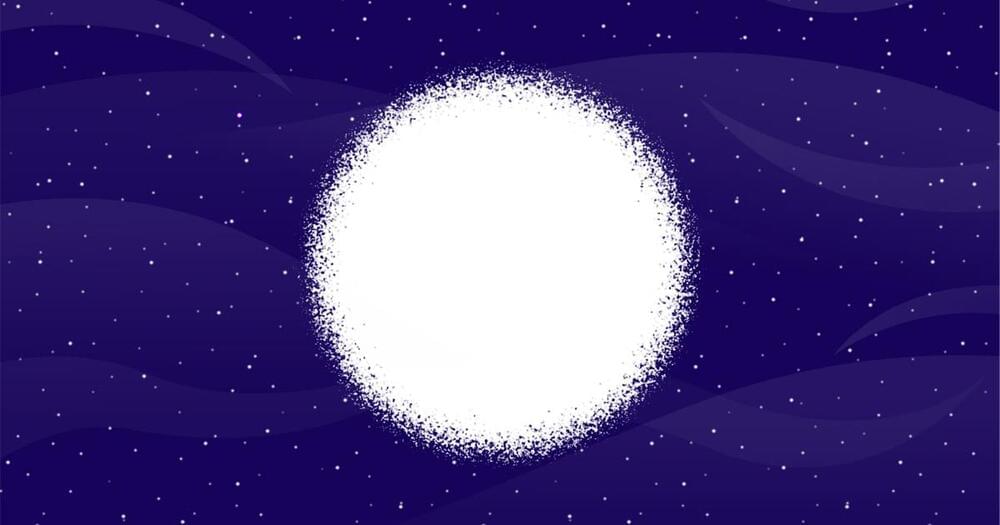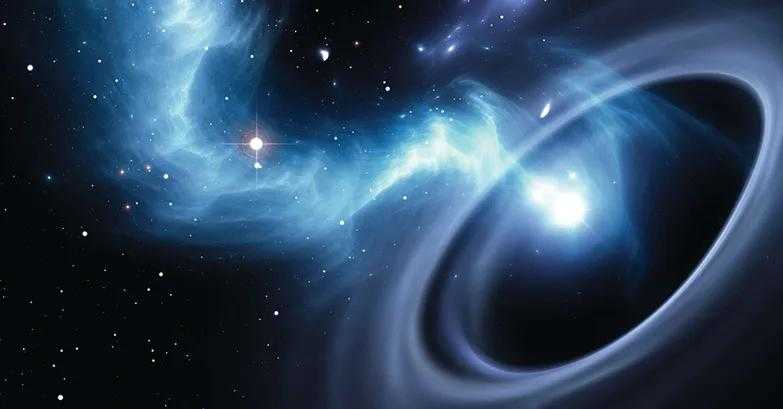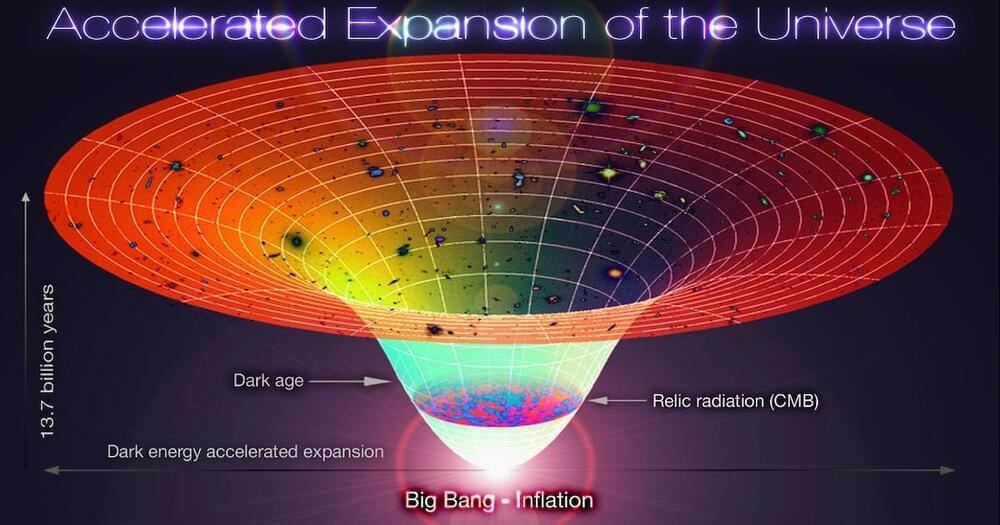What is the real reason the NASA Artemis I Launch got scrubbed on 29 Aug 21? NASA made a valiant attempt to launch the SLS Artemis I Moon Rocket this morning, but it was not to be. The launch was scrubbed. Get the real skinny here.
Worm-hole generators by the pound mass: https://greengregs.com/
For gardening in your Lunar habitat Galactic Gregs has teamed up with True Leaf Market to bring you a great selection of seed for your planting. Check it out: http://www.pntrac.com/t/TUJGRklGSkJGTU1IS0hCRkpIRk1K
Awesome deals for long term food supplies for those long missions to deep space (or prepping in case your spaceship crashes: See the Special Deals at My Patriot Supply: www.PrepWithGreg.com.






